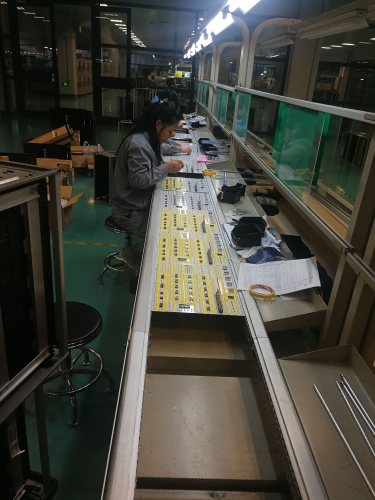TB230714S04 Set Of Training And Laboratory Equipment "Installation And Commissioning Of Electrical Installations Up To 1000V In Power Supply Systems" Vocational Training Equipment Electrical Engineering Lab Equipment
I.Product Overview
1.1 Overview
Before the experiment, training can be provided to familiarize students with the causes of various electric shock accidents, thereby preventing the occurrence of electric shock accidents. Through learning, students will understand how accidents occur and pay attention to the occurrence of electrical accidents, thereby enhancing their ability to prevent accidents and solve electrical accidents. Students can learn a variety of security protection modes from the trainer.
1.2 Features
(1) The training workbench uses aluminum alloy columns, test measures, and an integrated training power box. It is easy to use and not easily damaged.
(2) Modular structure: There are many modules, which can realize many training projects. Please refer to the equipment list listed later.
(3) It has a good safety protection system. All electrical terminals use safety plug terminals. The whole machine can be grounded. If leakage occurs, students can immediately cut off the power to protect themselves.
II.Performance Parameter
Input power: three-phase four-wire, 380±10% 50Hz
Working conditions: Ambient temperature: -10℃~+40℃
Relative humidity: <85% (25℃)
Product size: 1300*980*2000
Weight: 158KG
I.Experiment List
Experiment 1 Testing the socket polarity
Experiment 2 Measurement of "zero phase" loop impedance
Experiment 3 Electrical insulation device test
Experiment 4 Tripping protection and fuse protection of circuit breaker
Experiment 5 2P circuit breaker tripping experiment
Experiment 6 Troubleshooting of Grounding and Lightning Protection Systems
Experiment 7 Finding Conductor Insulation Faults
Experiment 8 Phase sequence inspection method
Experiment 9 Measurement of resistance of room structural components
Experiment 10 Finding discontinuities in conductors
Experiment 11 Overview of measurement of ground resistance and soil resistivity using two-wire method and three-wire method
